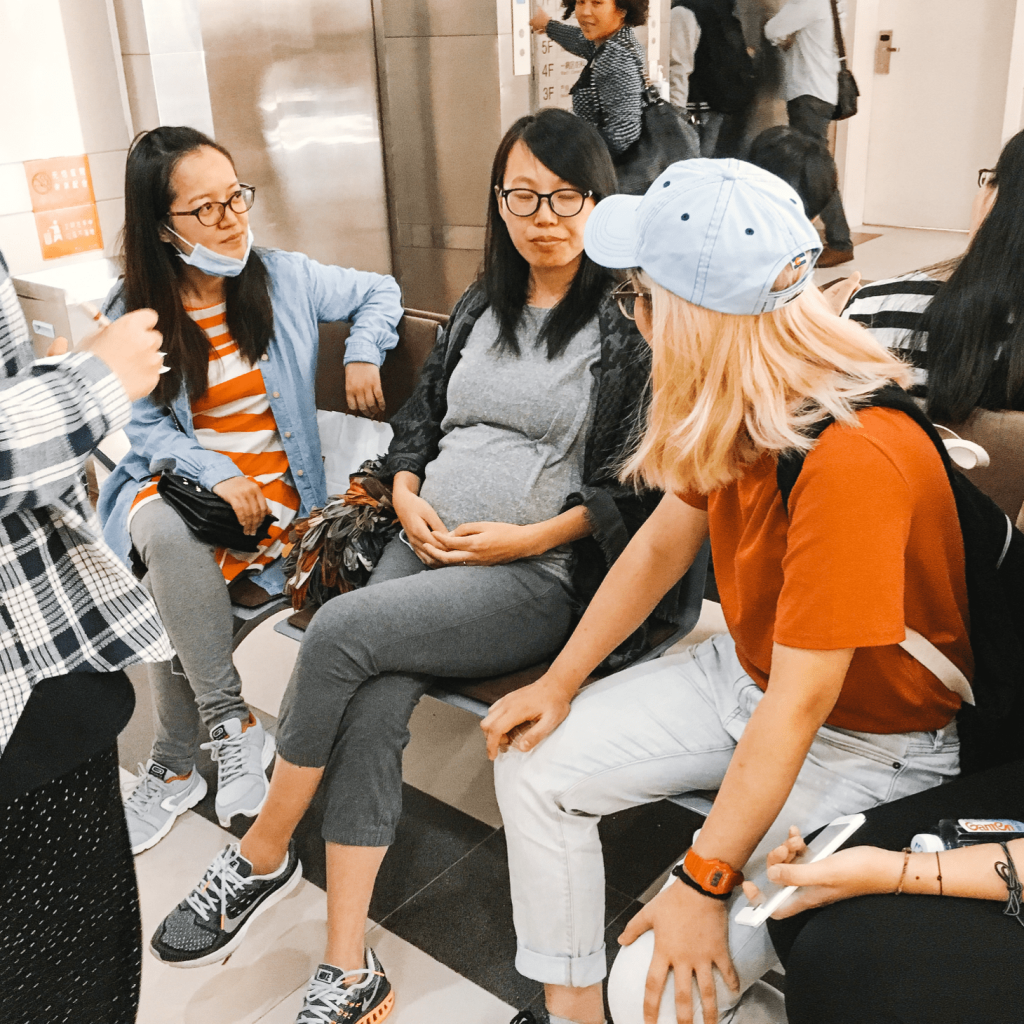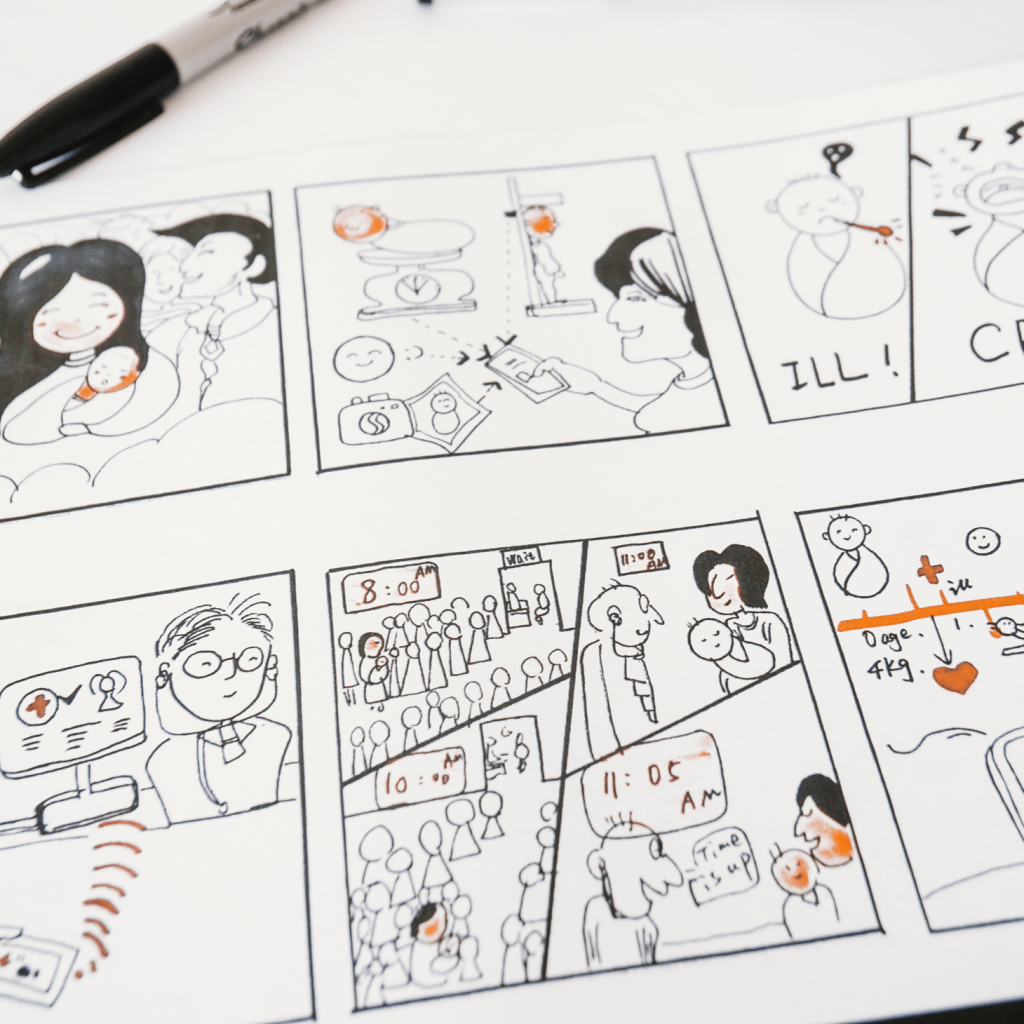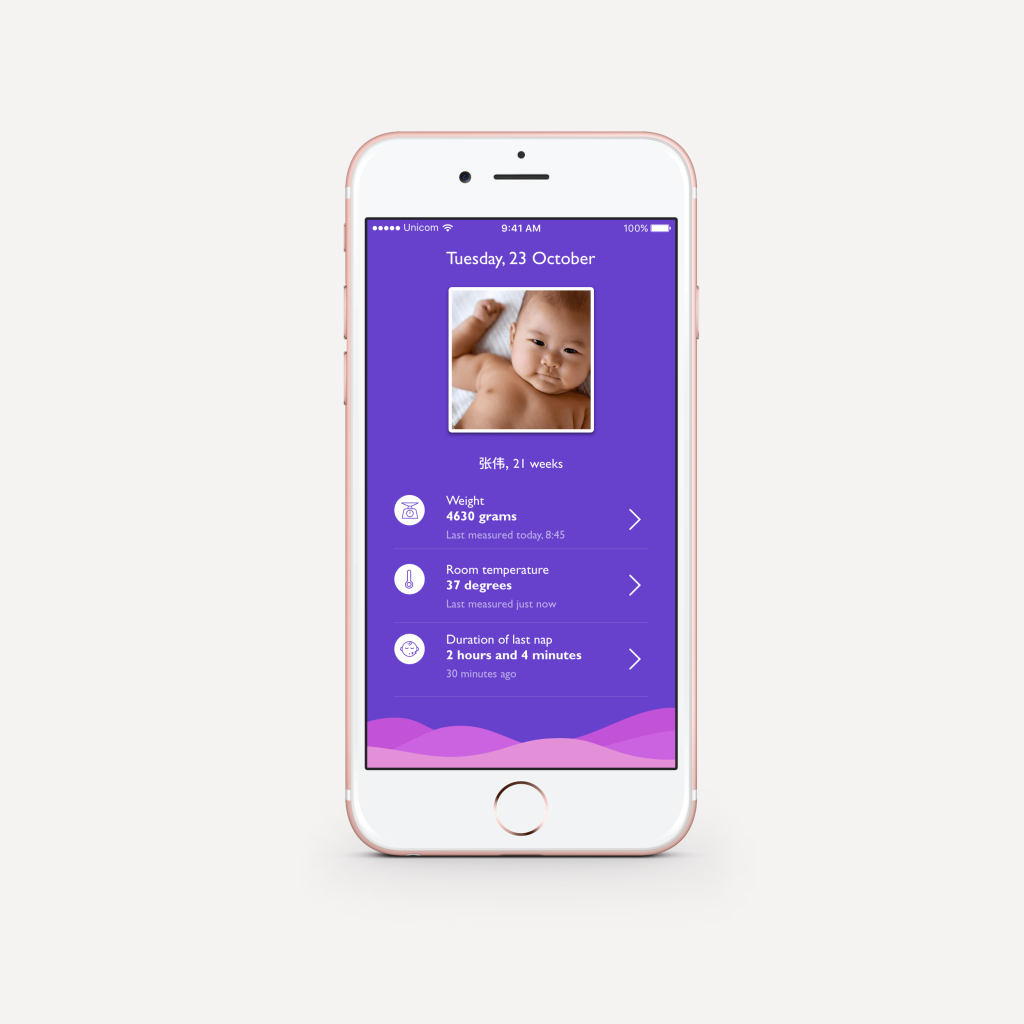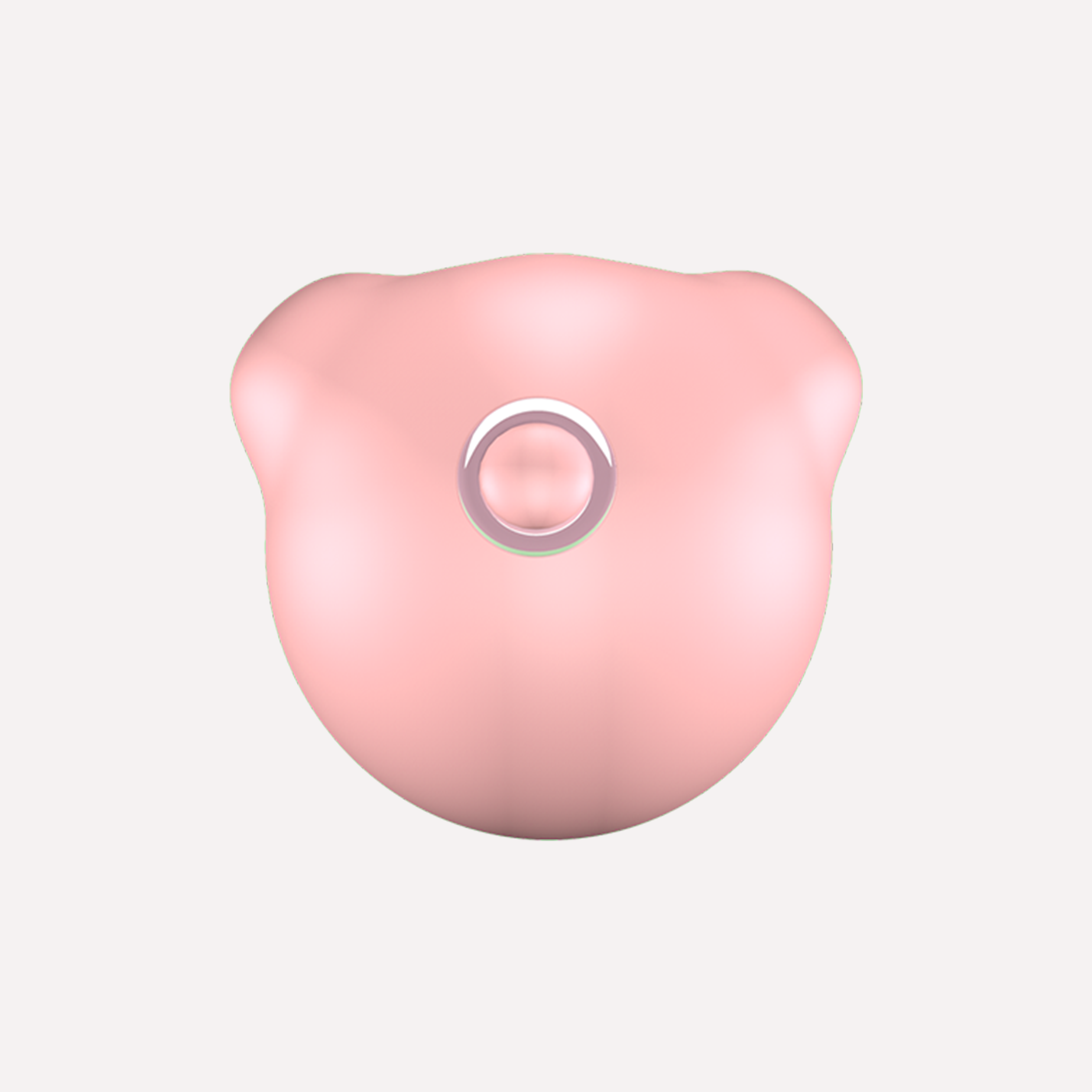I just got back from a trip that was part of an exchange program between my university and Donghua University Shanghai. For five days, I collaborated with Chinese students in a project with Philips Healthcare targeting newly parents. The idea was to fully go through a design thinking process and learn about similarities and differences between the Western and Eastern design process and methods.
Understanding the market
In the first days of the project, we talked with different mothers, grandfathers and doctors about their experiences during pregnancies and the first years of motherhood. This was quite a hands-on experience as we went to playgrounds and hospitals. We learned that mothers get easily upset by the stories that are shared on Weibo and other social media platforms. This causes the entire family wanting to know if the newborn is doing well. At the same time, consultations with doctors are limited as some mothers reported only five minutes of face to face time.
According to Health IT Analytics, the healthcare industry has plenty of big data on its hands, but the ability to extract meaningful, actionable insights from this wealth of raw information will be the key to improving quality and patient outcomes across the developing learning health system. In 2014, Apple introduced its Health functionality which gives users insights in their activities and well-being.
In the current product portfolio of Philips, there are a few ‘smart’ devices that can measure the weight of the baby, its temperature and monitor its behaviour. Our hypothesis was that this data is worth more when it is placed in a context and that it could take away some of the concerns that newly parents have.
The concept and validation
Following the core principles of a true design thinking process, we started to ideate and prototype different solutions in a scenario form. This, we brought back to the mothers on the street and we asked for their thoughts and feedback.
On the sixth day of the project, we were invited to the Philips Shanghai campus and presented our project video and product to the product design department.
Qi is a supporter of new parents that combines all data from Philips’ Avent smart devices into one. It gives tangible advice by combining real-time data with hospital studies. We used a voice assistant combined with an app to allow easy interactions for the entire family.
Voice assistants are predicted to become an important interaction for digital services. Last year Amazon launched the Echo and rumours are that Google will announce a new voice assistant next year. With Qi, we create a trustworthy family member that is there from the start.
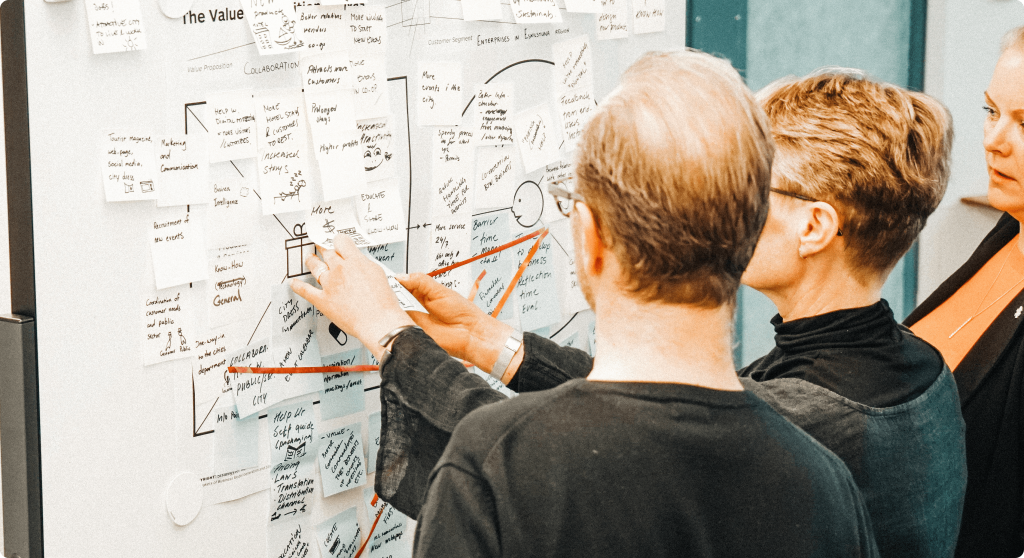
Next: Destination Sörmland – Creating a new digital strategy
Setting a stage and creating a process in which everyone is heard and engaged is something I truly enjoy. Together with the Swedish Tourism Association I co-created a new digital value proposition.

